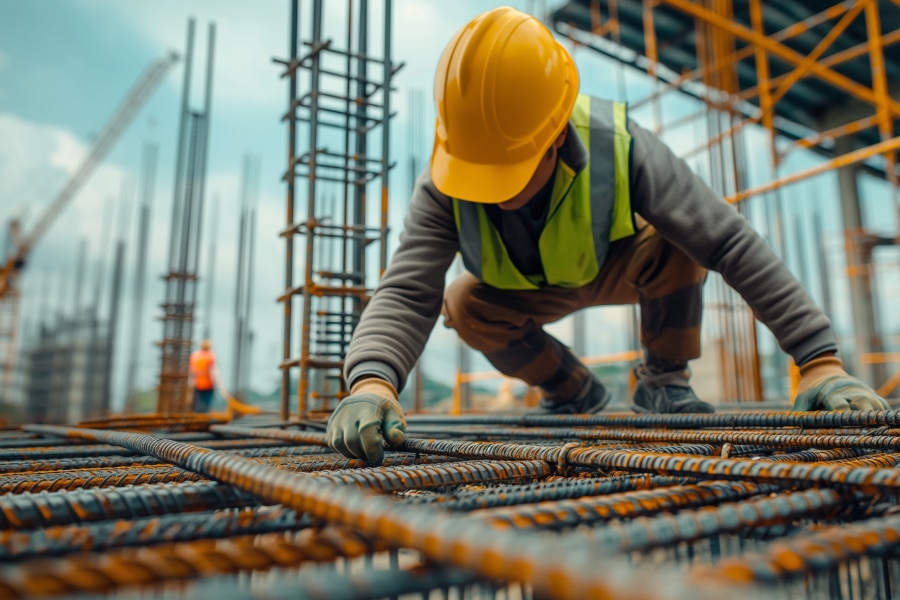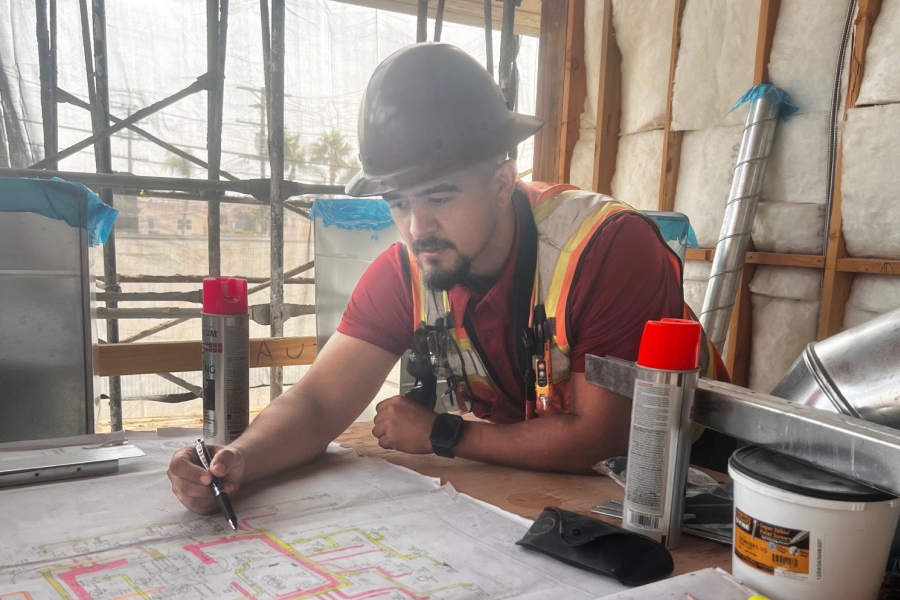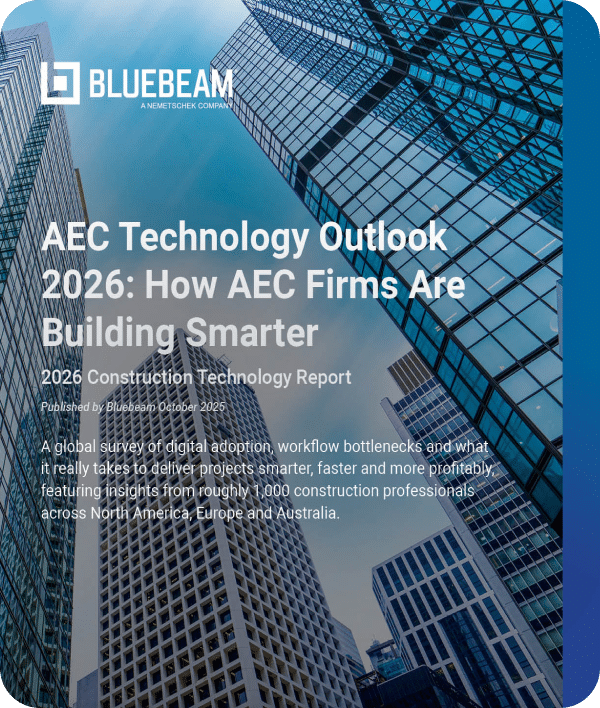While millions of people stroll the boulevards of Paris each day, few stop to consider the city beneath their feet. A city built twice. Once in stone, once in steel. And the second one—engineered beneath the surface—is arguably more transformative.
We’re talking about the Paris Métro.
Launched at the turn of the 20th century and still one of the densest rapid transit systems in the world, the Métro is more than just a way to get from Bastille to Montmartre. It’s a masterclass in civil engineering, urban planning and—surprise—design. Beautiful, intentional, cohesive design.
And now, a century after its debut, Paris is doing it again. Only bigger. Smarter. And deeper.
The Grand Paris Express, the largest transit infrastructure project in Europe, is tunneling a new kind of future for the Paris region. One driven by automation, equity, sustainability and digital workflows from day one.
If you’re an architect, engineer, transit planner or just someone who geeks out over concrete and coherence, this one’s for you.
Born for a World’s Fair, Built to Outlast Empires
The Paris Métro opened in 1900, timed with the Exposition Universelle, and it was engineered at breakneck speed under the guidance of Fulgence Bienvenüe, a civil engineer with a thing for straight lines and hard deadlines. Line 1, for instance, opened just 20 months after breaking ground.
The early construction leaned heavily on cut-and-cover methods, slicing just under street level and then rebuilding the road above. But when construction crews had to go deeper—like crossing the Seine—they didn’t blink. Crews sank massive caissons into the riverbed and excavated them from the inside. And when they hit waterlogged soil under Gare de l’Est, they straight-up froze the ground to keep it stable.
It was gritty. Experimental. And it worked.
And it wasn’t just the tunnels. The whole system was standardized from day one. Same train width. Same station dimensions. Same ceramic tiles lining the walls—white, clean, reflective. Functional beauty. That modularity meant faster builds, easier maintenance and less chaos down the line.
When Design Is the Infrastructure
Now let’s talk about the entrances. You’ve seen them—even if you’ve never been to Paris.
Those glowing green “Métropolitain” signs framed by curling iron tendrils? Those are Hector Guimard’s Art Nouveau masterpieces, designed to be beautiful, mass-producible and unmistakably Parisian. Many are now protected as national treasures.
But the aesthetic went far beyond the street level. Over the years, the Métro became a canvas. Not metaphorically. Literally.
- Arts et Métiers was redesigned in 1994 to resemble a Jules Verne submarine, with riveted copper walls and portholes.
- Concorde is tiled wall-to-wall with the text of the Declaration of the Rights of Man—letter by letter, no spaces, like a democratic code.
- Bastille station has a ceramic mural that wraps around the platform, depicting scenes from the French Revolution.
It’s civic infrastructure that also tells a story. That’s rare.
Density as a Design Choice
Here’s something wild: Paris’s Métro has 244 stations in just 105 square kilometers. That’s one station every 562 meters.
That’s not normal.
In New York or London, you might walk 10–15 minutes between stops. In Paris, it’s more like five. The system was designed not just to move people, but to blanket the city. That station density has had massive implications for walkability, land use and car dependency.
Back in 2019, the Métro moved about 1.5 billion passengers annually, or roughly 4.1 million per day. That puts it toe-to-toe with New York City’s subway and ahead of the London Underground.
It’s not a coincidence. If you build infrastructure that’s close, fast and easy to use, people will use it. What’s more, they’ll build their lives around it.
Infrastructure shapes behavior. It always has.
The Grand Paris Express: One of the Biggest Projects You’ve Never Heard Of
Fast forward to today.
Greater Paris is growing. And the old Métro didn’t extend far beyond the city center. That left the banlieues—working-class suburbs—underserved and disconnected.
Enter The Grand Paris Express.
This megaproject is adding 200 kilometers of new track, 68 new stations and four entirely new automated lines. It’s essentially doubling the size of the transit system.
It’s massive. Estimated cost: €35–40 billion. That’s $38–$43 billion in U.S. dollars.
It’s also smart.
The Grand Paris Express is BIM-based from the ground up. Every tunnel, station and mechanical system is modeled in 3D. The project is coordinated across six design-and-engineering consortia using shared digital environments.
The construction teams working on the expansion are also tunneling like maniacs. At peak, more than 20 tunnel boring machines were operating at once. That’s one of the largest fleets ever deployed in Europe.
Oh, and it’s green.
Construction crews are reusing 70% of the 47 million tons of excavated soil, rerouting much of it by barge and rail to avoid tens of thousands of truck trips. All concrete used must be low-carbon mixes, with some stations targeting net-zero energy use.
By 2030, 90% of Greater Paris will live within 2 kilometers of a Grand Paris Express station.
That’s not just transit expansion. That’s urban transformation.
Lessons for the Rest of Us
So, what can global infrastructure teams learn from a 125-year-old subway system and its futuristic sibling?
Here’s a shortlist:
- Standardization = speed + clarity. Paris did it in 1900 and again in 2020. Pick your specs and stick to them.
- Density isn’t just urbanism—it’s access. Close stops drive usage and walkability. More people, fewer cars.
- Design is identity. Make infrastructure beautiful and people will protect it.
- Digital workflows are essential. BIM didn’t just make the Grand Paris Express faster; it made it possible.
Final Thought
The Paris Métro was more than an engineering breakthrough. It was a design decision, a planning blueprint, and—over time—a cultural artifact. The Grand Paris Express is picking up that baton, with the added weight of digital coordination, climate urgency and social equity.
In both cases, the real legacy is the same: infrastructure that moves people—physically, yes, but also emotionally.
Because when you build something with intention, it lasts. When you build it beautifully, it matters.
And when you build it right?
It becomes part of the city’s soul.











